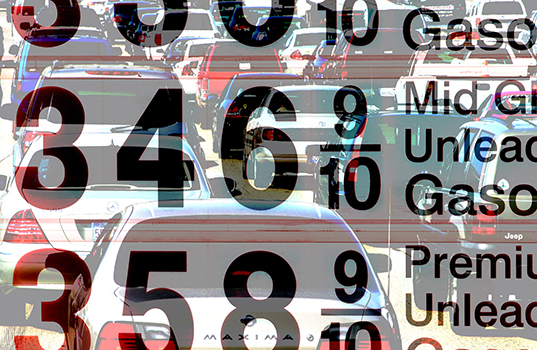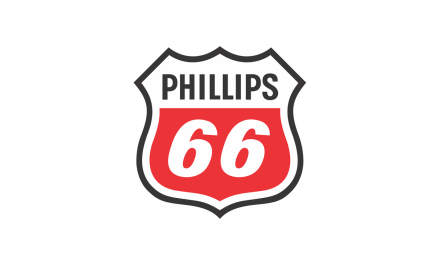By Gabe Ortega
Disruption in the fuel supply chain often comes with little warning, as it did with the cyberattack on the Colonial Pipeline system. The impact has been localized outages and reports of long lines at terminals and retail fuel outlets. As Colonial Pipeline begins its restart efforts, fuel pricing managers, wholesalers and retailers need to respond. Here is my perspective as the fuel pricing practice leader at PDI.
So, what should market participants be doing to deal with the current disruption and prepare for future ones? The finely tuned supply chain will be stressed, and there will likely be localized supply shortages (with many already being reported). Managing the supply chain impacts is obviously important, but here we’ll focus on the fuel pricing function.
The first thing to do is stay calm, keep cool, and don’t overact. That’s easier said than done with costs rising, margins being squeezed, some outlets running dry and everyone scrambling to secure supply. However, we have an excellent historical analogs to reference. Hurricanes like Katrina (2005) and Harvey (2017), along with a previous Colonial Pipeline outage (2016) can provide insights into likely scenarios.
Scenario #1: Disruption is short-lived (3 to 5 days)
In this scenario, costs for the underlying commodity rise immediately leading to tighter margins, but then taper when the magnitude becomes clearer. Under these conditions, we advise you to keep steady state but to hedge by increasing bias to the margin side of the equation. Once the disruption is resolved, costs should drift lower, leading to strengthening margins on the backside of the event. A word of caution; in many cases, state emergencies have been declared. In these cases, the ability to raise prices may be curtailed, so exercise extreme caution.
Scenario #2: Disruption is a week or more
Hang on tight—it’s going to be a bumpy ride. As fuel pricing managers, you will likely be putting in some long hours. Where state of emergencies are in place, it’s very likely there will be prescriptive formulas for what each state considers price gouging. You must make sure you are aware of the specific state laws governing your markets. We anticipate persistent cost increases coupled with potential limits on upward wholesale and retail pricing, and margins should move lower.
In either scenario (or any variants), it’s more important than ever to have capabilities and systems in place to help you manage the event.
Wholesalers (B2B) will benefit from:
- Real-time visibility into any discretionary, spot barrel inventories—assuming there are any discretionary inventories, they can be used to keep key customer sites wet at fair market prices.
- A direct feed of commodity price reporting service will be essential.
- Visibility into total cost to serve. In a lengthy outage, truck, rail and barge rates are likely to spike and full awareness is key to minimize margin leakage. This is often underappreciated and overlooked.
Retailers will benefit from:
- The ability to instantly turn off any automated pricing rules. You don’t want the system to automatically match a competitor that raised prices beyond legal limits or that may harm your reputational equity.
- Visibility into margins on replacement cost and weighted average cost (WAC) bases. Though replacement cost represents the current market clearing price, having visibility into margins based on WAC may allow you to hold prices as and where needed.
- The ability to change prices instantly across your network with one network price change. With speed to market so critical in fast-paced environments, functionality to change prices at all your sites at once by a fixed amount or to a fixed price point (within legal limits) is key.
These suggestions are by no means exhaustive, but illustrate the types of capabilities necessary to navigate any supply crisis better than the competition. There’s an adage in the fuels business that volatility can be your friend, but only if you are prepared to deal with it.
 Gabe Ortega is the fuel pricing practice leader at PDI. he has a sustained track record of optimizing the margin/volume mix while minimizing cost and complexity in retail convenience store and fuels business. Ortega’s deepest concentration of expertise lies in fuel pricing having priced fuel to various channels of trade in PADDs 1, 2, 3, 4 and 5 in addition to teaching pricing to co-op and investor channels in 24 countries. Together with experience in Logistics and Supply, Real Estate, and Operations, Gabe has a fundamental grounding in the economics of the business. He possess strong leadership and communication skills, am adept in training and developing team members to consistently achieve performance objectives. For more information on PDI: https://www.pdisoftware.com
Gabe Ortega is the fuel pricing practice leader at PDI. he has a sustained track record of optimizing the margin/volume mix while minimizing cost and complexity in retail convenience store and fuels business. Ortega’s deepest concentration of expertise lies in fuel pricing having priced fuel to various channels of trade in PADDs 1, 2, 3, 4 and 5 in addition to teaching pricing to co-op and investor channels in 24 countries. Together with experience in Logistics and Supply, Real Estate, and Operations, Gabe has a fundamental grounding in the economics of the business. He possess strong leadership and communication skills, am adept in training and developing team members to consistently achieve performance objectives. For more information on PDI: https://www.pdisoftware.com









